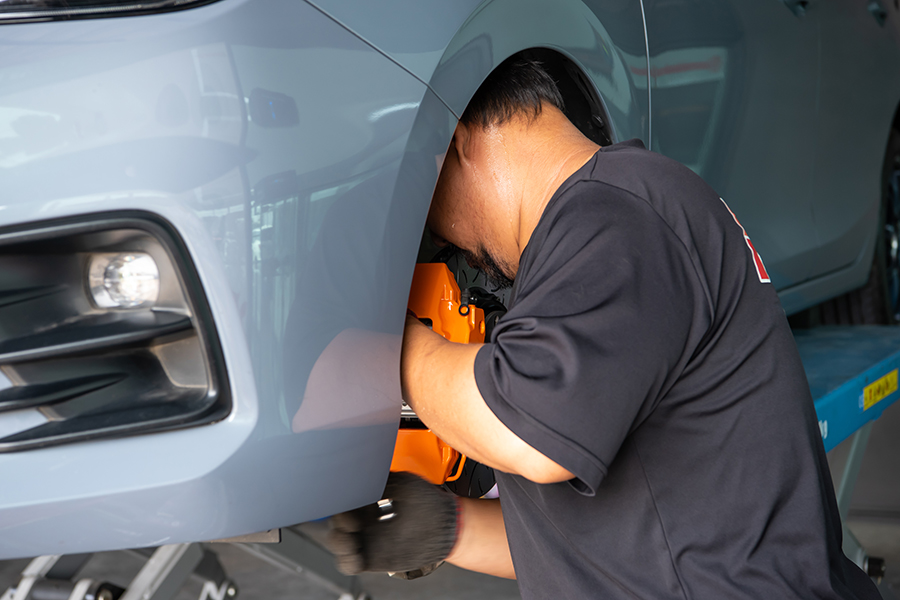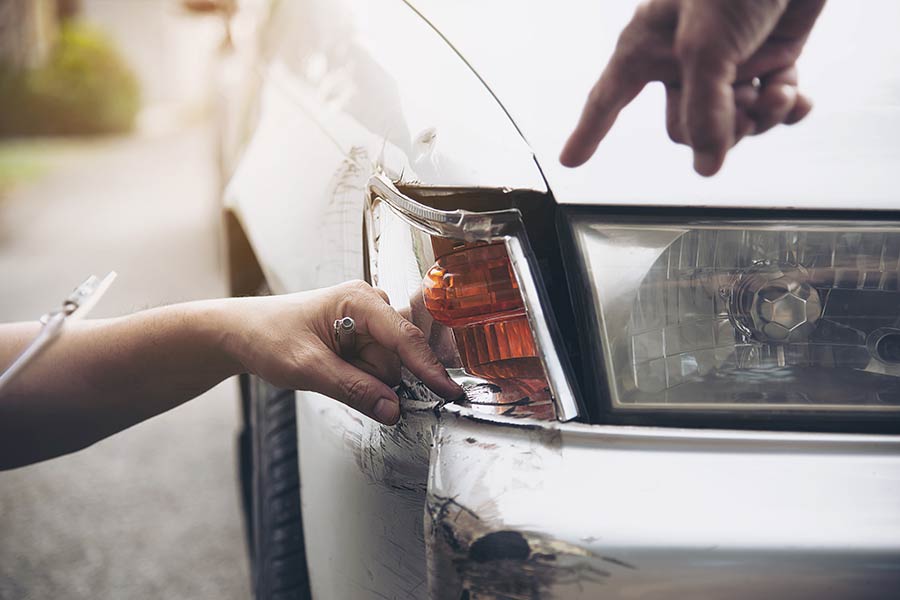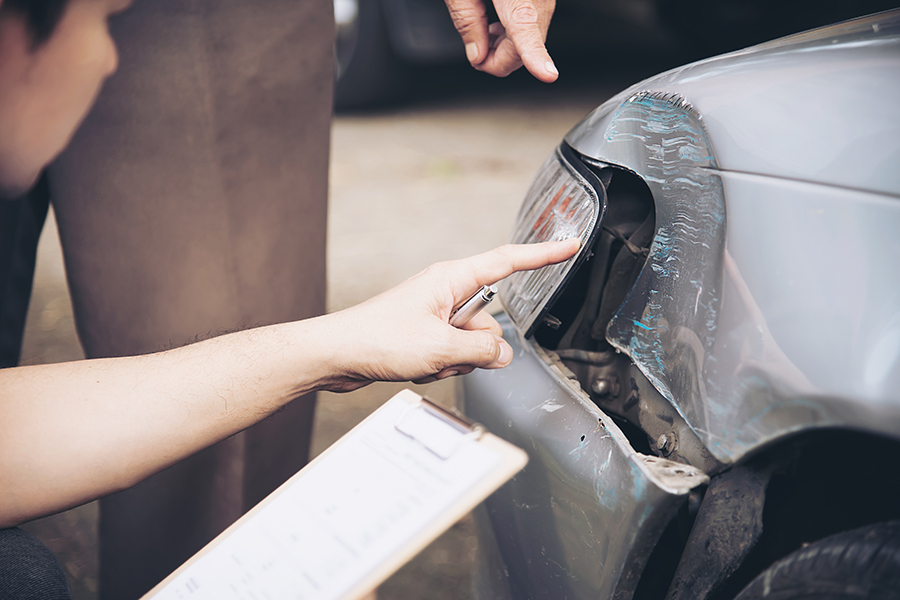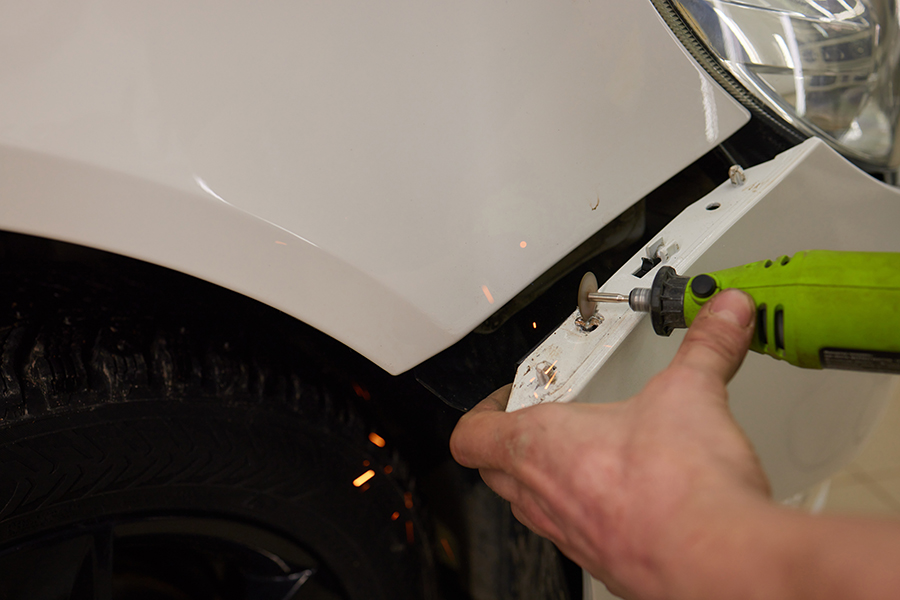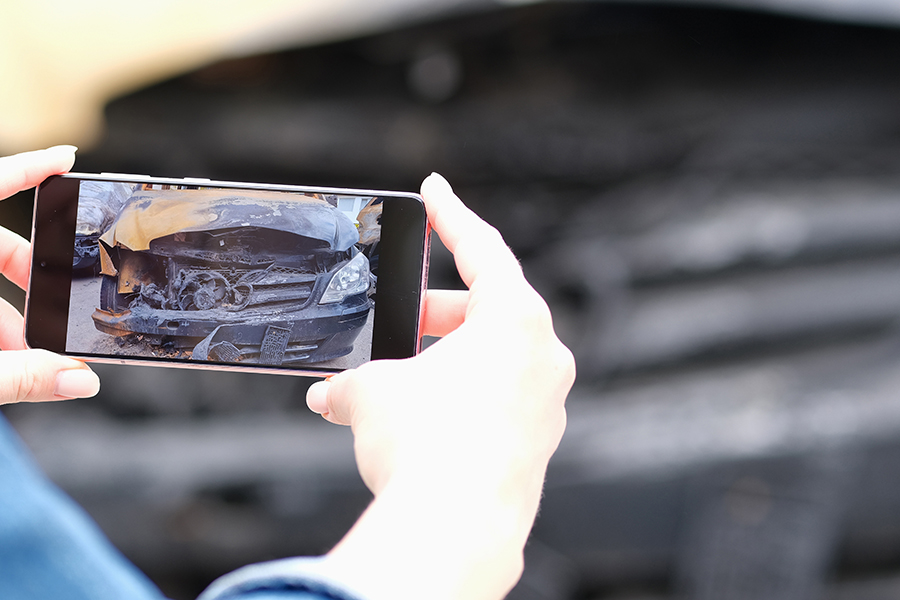Ever wondered how to fix that pesky bumper dent? Car repair bumper tricks are easier than you think. Imagine your car looking brand new without breaking the bank. We’ll dive into simple fixes that even a kid could understand. No need for fancy tools or expert skills. Just a few steps and your ride can shine again. Whether it’s a scratch, crack, or dent, we’ve got you covered. Let’s roll up our sleeves and get started on this bumper repair journey together. Ready to make your car look awesome again?
Key Takeaways
- Know Your Bumper: Learn what car bumpers do and why they're important for safety.
- Fix or Swap?: Decide if you should repair or replace your bumper based on damage.
- Count the Cost: Understand what affects bumper repair costs and plan your budget.
- Pay Smart: Explore different ways to pay for bumper repairs, like insurance or payment plans.
- Step-by-Step Guide: Follow clear steps for getting your bumper fixed, from assessment to completion.
- Stay Safe: Keep your car safe and looking good by taking care of bumper issues quickly.
Understanding Car Bumpers
Purpose and Function
Car bumpers play a vital role in vehicle protection. They help absorb impact during collisions, reducing damage. This can save lives and minimize repair costs.
Bumpers also enhance the car's look. They are designed to match the style of the vehicle, adding to its overall appeal.
Common Materials Used
Bumpers are often made from plastic, fiberglass, and metal. Each material has unique benefits.
Lightweight materials like plastic offer flexibility. They make cars more fuel-efficient by reducing weight. Fiberglass is durable and cost-effective, providing good protection at a lower price.
Types of Damage
Car bumpers can suffer various damages. Scratches, dents, and cracks are common issues. Cosmetic damage is usually just surface-level, affecting appearance. Structural damage impacts safety and function.
Each type requires different repair methods. Scratches may need simple touch-ups, while dents might need more effort to fix.
Repair or Replace Decision
Assess Damage Severity
First, look at the bumper closely. Check for cracks, dents, or scratches. Small scratches might not need much work. Dents could be more serious.
Next, see if there is damage underneath. A damaged bumper might hide problems with the car's frame. It's important to know if the car's structure is safe.
Consider asking a professional for help. They can give a clear idea of how bad the damage is.
Cost Comparison
Repairing a bumper can be cheaper than replacing it. But this depends on the damage and materials used. Plastic bumpers are often less expensive to fix than metal ones.
The cost also changes with the severity of the damage. Small repairs might cost less than $100. Big repairs or replacements could be over $1,000.
Think about these costs before deciding what to do.
Time Considerations
Minor bumper repairs usually take a day or two. Major damage may require more time. Parts availability can slow things down if specific pieces are needed.
The repair shop's workload also matters. If they have many cars to fix, your car might wait longer. Always ask how long they think it will take.
Cost of Bumper Repair
Average Repair Costs
Bumper repair costs vary. On average, it ranges from $150 to $600 for minor repairs. Major damage can cost more, up to $1,500. Where you live also matters. City repairs often cost more than rural areas.
Paint matching might add extra fees. This can increase costs by $100 or more.
Factors Affecting Price
Several factors affect bumper repair prices:
- Labor rates
- Parts availability
- Damage extent
The car's make and model also play a role. Luxury cars usually have higher repair costs. Insurance coverage can help reduce out-of-pocket expenses. Some policies cover part or all of the repair costs.
Labor Fees Breakdown
Labor tasks in bumper repair include:
- Removing the damaged bumper
- Fixing or replacing it
- Painting and reattaching
Complexity affects labor fees. More complicated repairs take longer and cost more. Regional variations also exist. Urban areas often have higher labor rates than rural ones.
Payment Options
Insurance vs Out-of-Pocket
Using insurance for a bumper repair can ease the immediate financial burden. Insurance often covers significant parts of the repair costs. However, it might lead to higher premiums in the future. Paying out-of-pocket avoids this risk and keeps your premiums stable.
In some cases, paying directly may be cheaper. Minor damages might not exceed your deductible. For small dents or scratches, out-of-pocket payments could save money. Assessing the damage helps decide which option suits best.
Saving on Repairs
Minor bumper issues can sometimes be fixed at home. Small scratches can be buffed out with a polishing compound. Dented areas might pop back with hot water and a plunger. These DIY fixes save money and time.
Shopping around for repair quotes is wise too. Different shops offer varied prices for the same job. Comparing these quotes ensures you get the best deal. Competitive pricing helps manage expenses better.
Preventive measures also reduce future costs. Parking carefully avoids unnecessary bumps and scratches. Using protective films on your bumper shields it from minor impacts. These steps help maintain your car’s appearance longer.
Steps in Bumper Services
Initial Inspection
First, assess the bumper damage. Check for cracks, dents, or scratches. Document all visible damage using photos. This helps in tracking repairs. A flashlight can reveal hidden issues. Use a mirror to see under the car. A magnifying glass helps spot small cracks.
Repair Process Overview
The repair process includes several steps. First, remove the bumper if needed. Clean the area thoroughly. Sand down rough spots and apply filler for dents. Specialized tools like sanders and fillers are crucial. Follow manufacturer guidelines closely to ensure quality repairs.
Final Quality Check
A post-repair inspection is vital. Check the bumper's alignment with the car body. Ensure the paint finish matches the original color. Verify that all bolts and clips are secure. Test-driving the vehicle confirms everything is aligned properly.
Final Remarks
Fixing a bumper is like sprucing up your car's smile. You’ve got the lowdown on whether to repair or replace it, the costs involved, and how to pay. Now, you’re ready to tackle those dings and scrapes head-on. Think of it as giving your car a little TLC without breaking the bank.
Don't let a banged-up bumper be a thorn in your side. Dive into the repair process with confidence. Your car deserves to look its best! If you're still on the fence, chat with a pro or swing by a local shop for advice. Ready to roll up your sleeves? Start today and give your ride the facelift it needs. Your wheels will thank you!
Frequently Asked Questions
What is the main function of a car bumper?
A car bumper acts like a shield. It absorbs impact during minor collisions, protecting you and your vehicle. Think of it as a cushion for your car.
Should I repair or replace my damaged bumper?
It depends on the damage. Small dents or scratches can be repaired. However, if it's cracked or severely damaged, replacement might be safer and more cost-effective.
How much does it typically cost to repair a bumper?
Bumper repair costs vary. Minor fixes can be under $100, while major repairs might reach $1,000. Always get a quote before deciding.
Can I pay for bumper repairs in installments?
Yes, many repair shops offer payment plans. It's like breaking down a big meal into bite-sized pieces—easier to handle!
What are the steps involved in bumper repair services?
First, assess the damage. Then, clean and prep the area. Next, repair or replace parts as needed. Finally, paint and finish for that fresh look.
Are DIY bumper repairs advisable?
DIY can save money but requires skill and tools. If you're not confident, it's best to leave it to the pros to avoid further damage.
How long does it take to repair a car bumper?
Simple repairs might take a few hours. More extensive work could last a couple of days. It's like baking a cake—you can't rush perfection!
